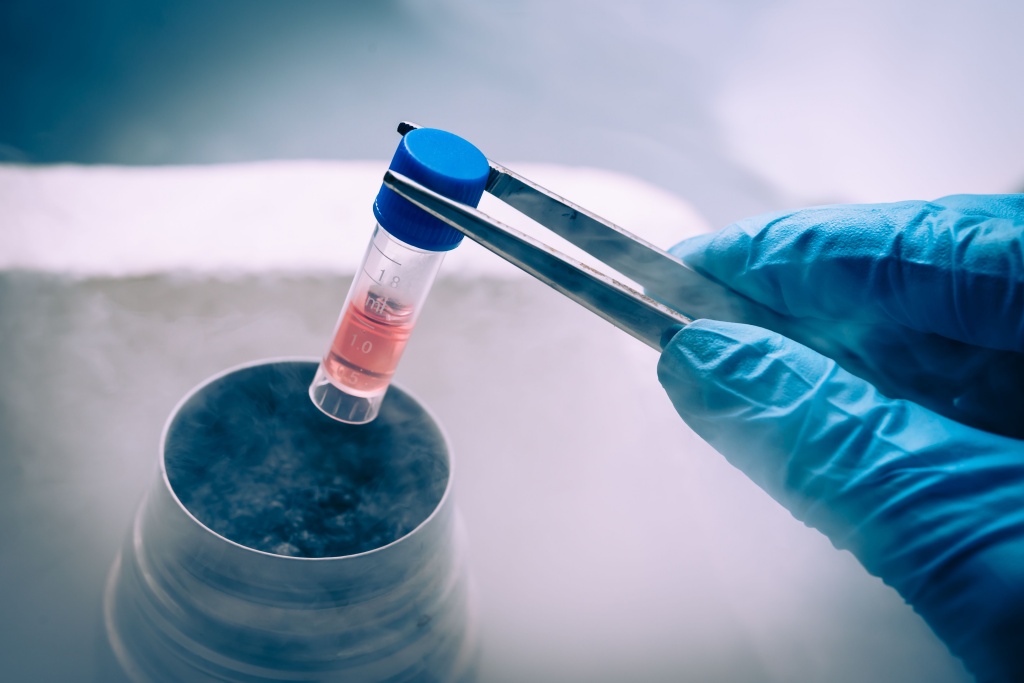Embryo Freezing – Embryo Cryopreservation



Embryo freezing, also known as embryo cryopreservation, is a critical process in the field of assisted reproductive technology (ART). This procedure involves preserving embryos at extremely low temperatures, allowing them to be stored and used for future in vitro fertilization (IVF) cycles. This method offers flexibility and a range of benefits to patients undergoing IVF, as it allows for the transfer of embryos at the most opportune time. Here’s a detailed look at who can benefit from frozen embryo transfer, how the uterus is prepared for this procedure, and how it is performed.
Frozen embryo transfer is an option for a wide range of patients, including:
For a successful frozen embryo transfer, the uterus must be properly prepared. During fresh embryo transfers, the hormones from the growing eggs and those released after egg retrieval play a key role in preparing the uterus. However, with frozen embryo transfer, this preparation is achieved through medication.
Estrogen and progesterone are used to prepare the uterine lining for implantation. Estrogen helps build up the endometrium, while progesterone helps it mature. This process ensures the uterus is in the optimal state to accept the embryo. The goal is to align the age of the uterus and embryos, so they are at the same stage of development during transfer.
IVF can involve both fresh and frozen-thawed embryo transfers, but many clinics now focus on frozen transfers due to their flexibility and high success rates. The process involves several key steps:
Embryo freezing has revolutionized the field of IVF, providing patients with options and flexibility. By allowing embryos to be stored and transferred when conditions are optimal, this method increases the chances of successful pregnancy and live birth. Clinics like Vita Altera IVF continue to leverage this technology, offering both fresh and frozen embryo transfer according to the unique needs of their patients. The key to success lies in proper preparation, precise embryo handling, and careful monitoring throughout the process.